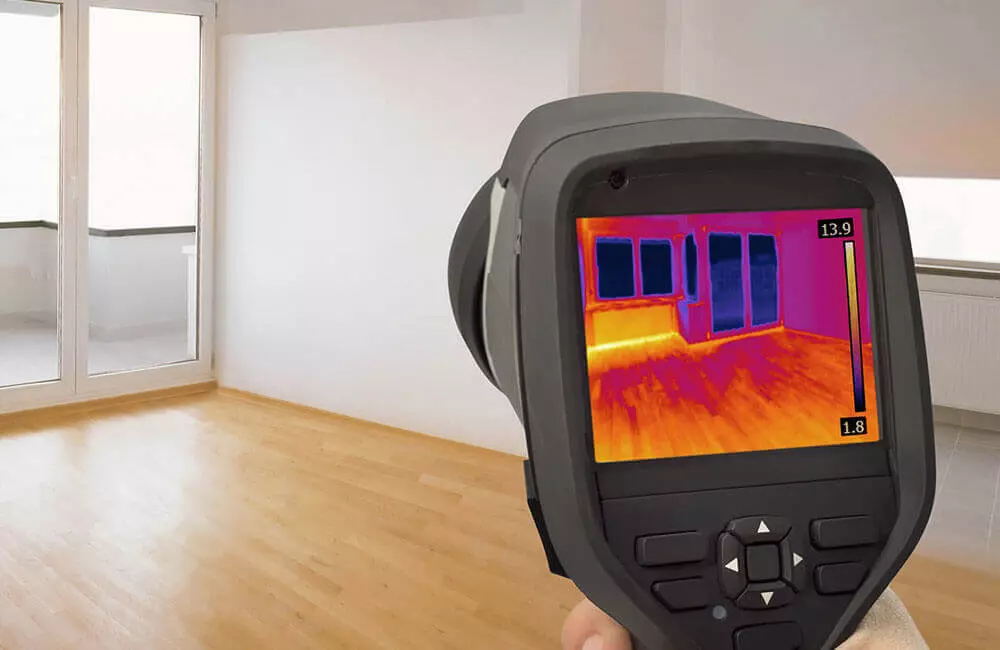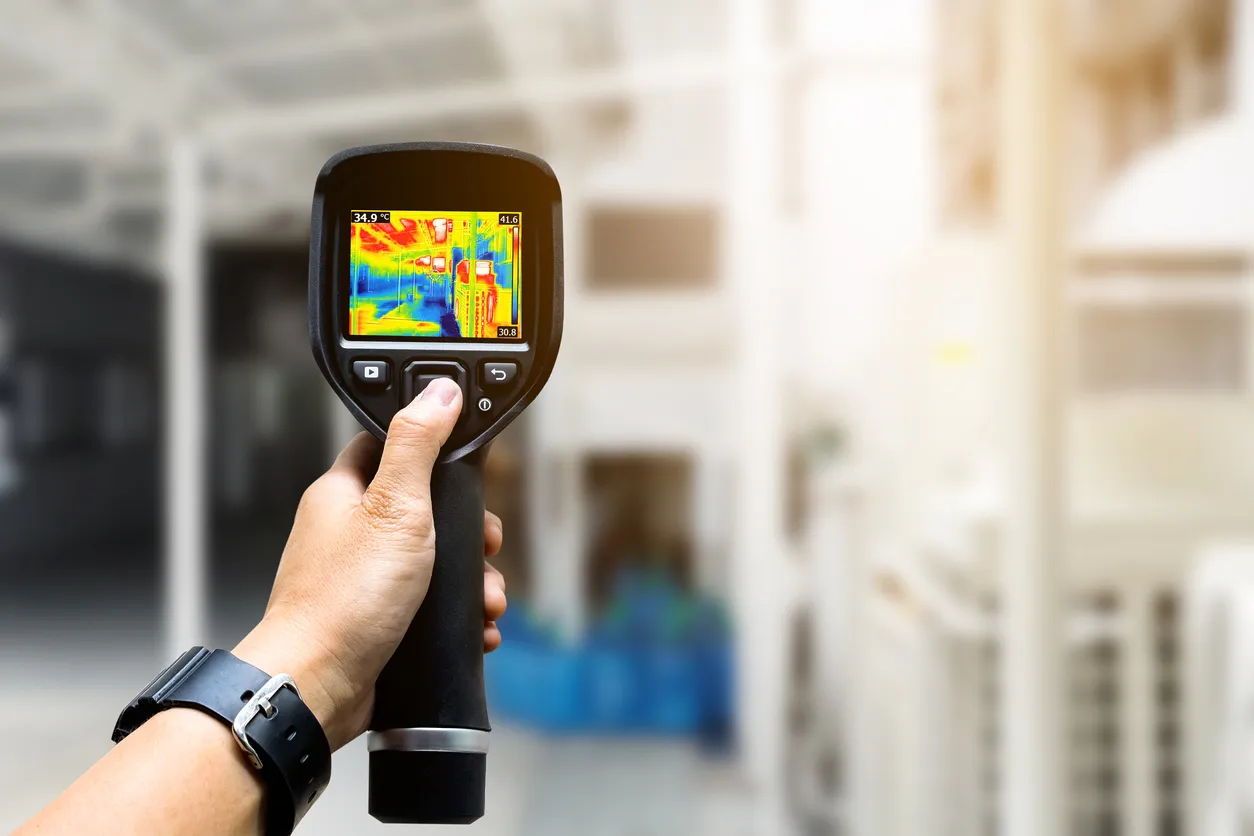What is Thermal Imaging?
At Australian Inspections, we leverage cutting-edge technology to offer Thermal Imaging Inspections that provide valuable insights into the condition of your property. Thermal imaging, also known as infrared thermography, allows us to detect issues that may not be visible to the naked eye, helping you make informed decisions about your property investment.
How is Thermal Imaging Done?
During a Thermal Imaging Inspection, our certified inspectors use infrared cameras to scan the interior and exterior of the property. These cameras detect and record temperature variations across surfaces, producing detailed thermal images that highlight areas of concern. Our inspectors then analyze these images to identify anomalies and potential issues, providing you with a comprehensive assessment of your property’s condition.


Thermal imaging involves the use of specialized cameras to capture the heat emitted by objects and surfaces. This technology translates thermal energy into visible images, revealing temperature variations that can indicate underlying issues such as moisture intrusion, electrical faults, or insulation deficiencies. By detecting these anomalies, thermal imaging helps identify potential problems before they escalate, saving time and money on repairs.
Why Should You Get Thermal Imaging Done?
Early Detection of Issues
Thermal imaging can detect hidden problems such as water leaks, electrical hotspots, or insulation defects before they cause significant damage or safety hazards.
Preventative Maintenance
Identifying issues early allows for proactive maintenance, preventing costly repairs and preserving the integrity of your property.
Energy Efficiency
Thermal imaging can reveal areas of energy loss due to poor insulation or air leakage, enabling you to make improvements that enhance energy efficiency and reduce utility costs.
Safety
Detecting electrical faults or overheating components helps mitigate the risk of fire hazards, ensuring the safety of occupants and protecting your property from potential disasters.
Included & Excluded
- Comprehensive scanning of the property's interior and exterior using state-of-the-art infrared cameras.
- Analysis of thermal images by certified inspectors to identify temperature variations and potential issues.
- Detailed reports outlining findings and recommendations for maintenance or further investigation.
- Optional consultation to discuss report findings and address any concerns raised by property owners.
- Structural assessments or testing beyond thermal imaging are not included in our standard package.
- Remediation or repair work for identified issues is not included; however, our reports may include recommendations for remedial actions, and we can provide referrals to trusted professionals if needed.
FAQs (Frequently Asked Questions) about thermal imaging inspections
How does thermal imaging differ from traditional visual inspections?
Thermal imaging allows inspectors to detect temperature variations that may indicate hidden issues such as moisture intrusion, electrical faults, or insulation deficiencies, which may not be visible to the naked eye during traditional visual inspections.
Is thermal imaging suitable for all types of properties?
Yes, thermal imaging can be used for various property types, including residential, commercial, and industrial properties. It is particularly useful for identifying issues in hard-to-reach or inaccessible areas.
Can thermal imaging detect mold or mildew growth?
While thermal imaging can detect moisture intrusion, it does not specifically identify mold or mildew growth. However, areas of moisture accumulation detected through thermal imaging may indicate conditions conducive to mold growth, warranting further investigation.
How long does a thermal imaging inspection take?
The duration of a thermal imaging inspection depends on the size and complexity of the property. Typically, the inspection process takes several hours, followed by the preparation of a detailed report, which is usually provided within a few days.
Is thermal imaging safe for occupants and pets?
Yes, thermal imaging is a non-invasive and non-contact inspection method that does not pose any harm to occupants or pets. It simply captures the heat emitted by objects and surfaces to detect temperature variations.
